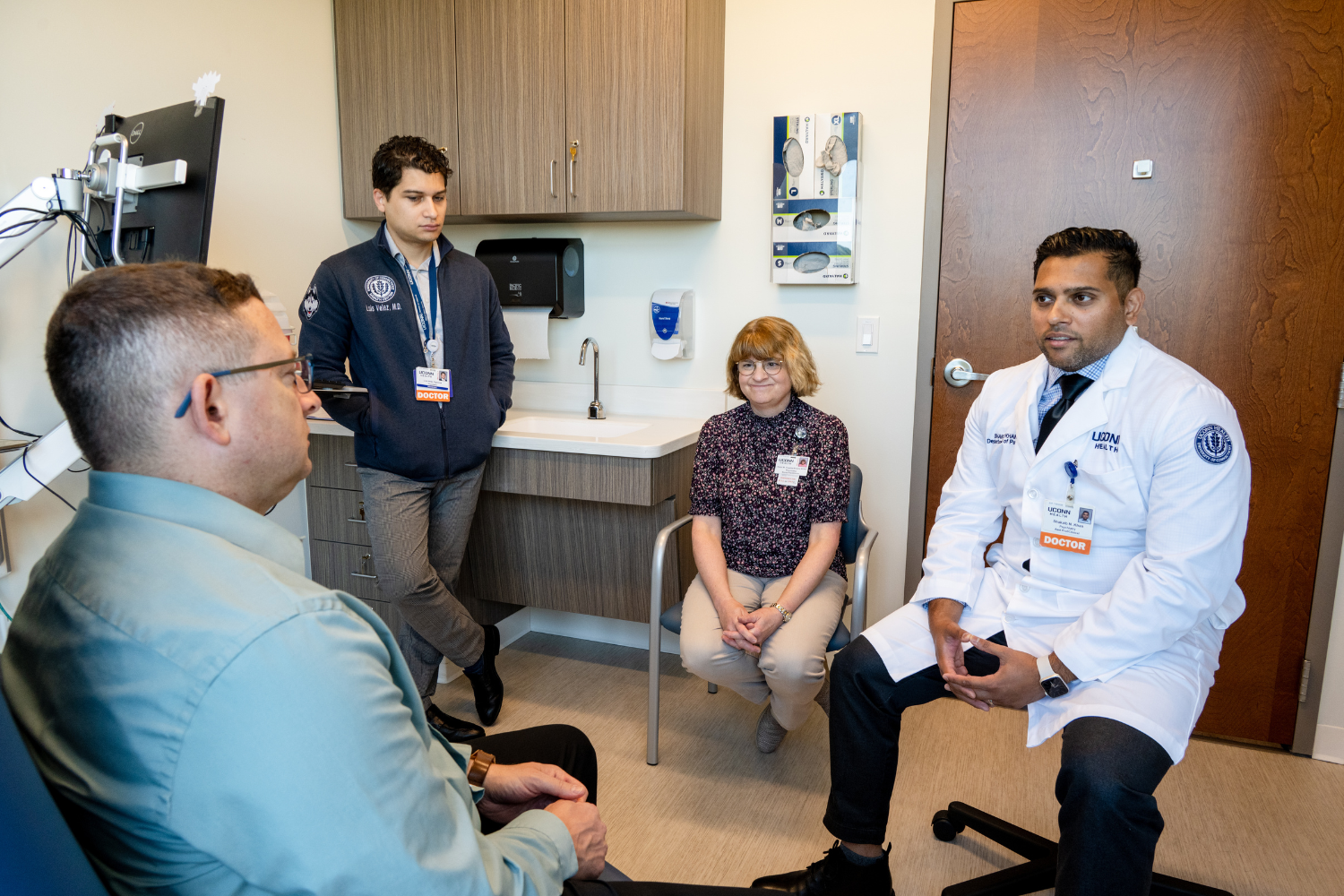A paper co-authored by Brenton Graveley, associate professor of genetics and developmental biology, is published in the current issue of the journal Cell. The article is one of the first containing data generated by the Health Center’s powerful Illumina Genome Analyzer.
Bacteria don’t have easy lives. In addition to mammalian immune systems that besiege the bugs, they have natural enemies called bacteriophages, viruses that kill half the bacteria on Earth every two days.
Still, bacteria and another class of microorganisms called archaea survive in part because they have a built-in defense system that helps protect them from many viruses and other invaders.
The team of researchers discovered how this bacterial defense system works, and it could lead to new classes of targeted antibiotics, new tools to study gene function in micro-organisms and more stable bacterial cultures used by food and biotechnology industries to make products such as yogurt and cheese.
Graveley, who oversees the Health Center’s Translational Genomics Core, also had a paper published recently in the journal RNA and he predicts these articles are only the vanguard. That’s because the Illumina sequencer, acquired little more than a year ago, has already been used by Graveley’s team to generate over 125 billion bases of sequence, more than 40 times the size of the human genome. And, he notes, “The output is increasing exponentially.”
The RNA paper is about a family of small RNAs that are expressed in planarians (flatworms) and required for the worms’ well-known ability to regenerate and for their stem cells to function.
For more information about the work of Graveley’s team using the Illumina sequencer, see the UConn Today article, “Taking Genomic Research to the Next Level.”


